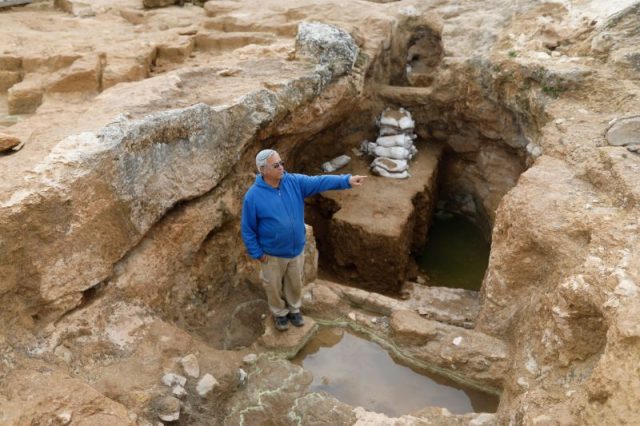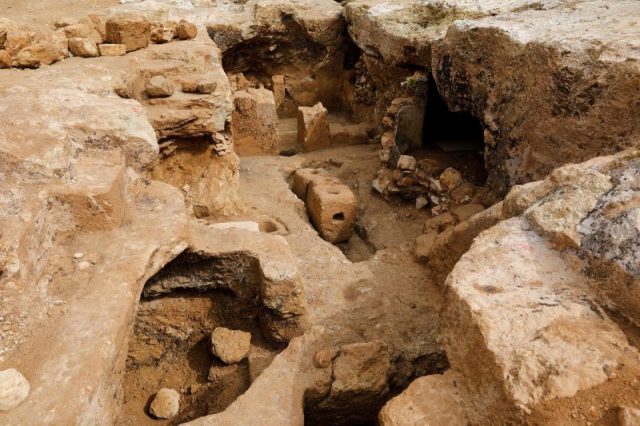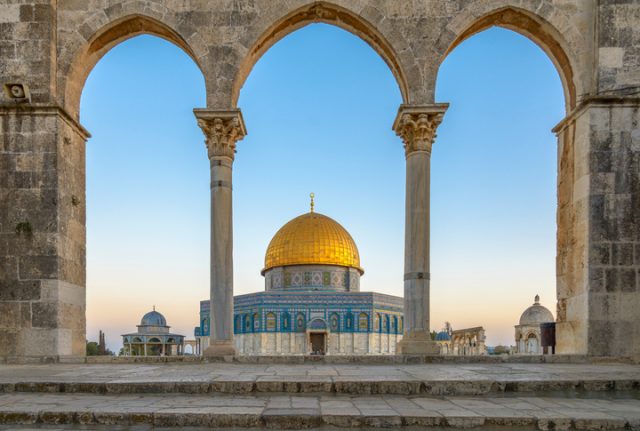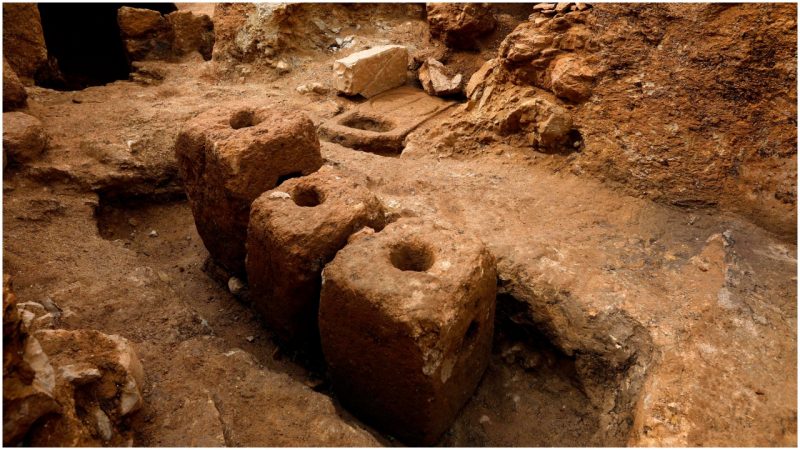Many archaeological excavations, some of which have caused huge controversies, have been carried out in Old City of Jerusalem over the last 150 years. The first excavation was carried out by the British royal family in the 1870s.
But just days ago, the remains of an ancient Jewish village from the Hasmonean period has been discovered by the Israel Antiquities Authority.
The 2,000-year-old remains were discovered in the Sharafat neighborhood of Jerusalem. An elementary school was meant to be built on the site before this important discovery.

The excavation, which was funded by the Moriah Jerusalem corporation, found the remnants of a large wine press that contained fragments of many storage jars, an olive press, a huge columbarium cave (rock-cut dovecote), a ritual bath (or mikveh) of immense proportions, rock quarries, a water reservoir and installations.
The fact that an extravagant burial estate was excavated at this site makes the discovery very significant. During the excavation, it was found that this extravagant estate had a corridor that led to a large courtyard chiseled into the bedrock. The archaeologists noted that the courtyard had an encompassing bench, with the entrance to the burial cave from its facade.

They also found that the cave comprised numerous chambers, each with oblong burial niches chiseled into the walls. According to the archaeologists, the cave was sealed as a mark of respect for the buried parties, which was in accordance with the Orthodox restrictions of disturbing burials.
Ya’akov Billig, director of the excavations on behalf of the Israel Antiquities Authority, told Israel National News: “it looked like the burial site served the prominent or wealthy family during the Hasmonean period and that using burial estates was popular among people who lived in that period.”
While discussing this significant discovery, the archaeologists explained that the earth which covered the burial estate’s courtyard contained huge stones, some of which they believed are elaborate architectural elements common during the Second Temple period. While a few cornice fragments were found, a Doric capital of a heart-shaped pillar was also found.
The quality of the craftsmanship on the heart-shaped pillar is rare, and is usually found in important buildings or burial estates in the Jerusalem area, such as the burial estate of the clerical family of Benei Hazir in the Kidron valley and several tombs in the Sanhedriah neighborhood.

While the excavation is ongoing, it has been revealed that there is possibly a larger village south of the excavation site. With the small part excavated so far, Israel National News reported that it seemed the village was agricultural, and among other things produced olive oil and wine, while doves were also reared. Doves were important as people consumed their meat and eggs, and also used them for sacrificial offerings at the temple.
The droppings from the doves were utilized as manure for agricultural purposes. Columbarium caves, designated installations used for rearing the doves, were a regular sight in the Jerusalem area.
Read another story from us: Switzerland’s Smallest Mountain Village is to be Converted to a Hotel
According to the Biblical Archaeology Society, Jerusalem is thought to have expanded from about 5,000 residents who lived around the City of David to 25,000 residents during the Hasmonean period, which led to increased agricultural activities in the city.
